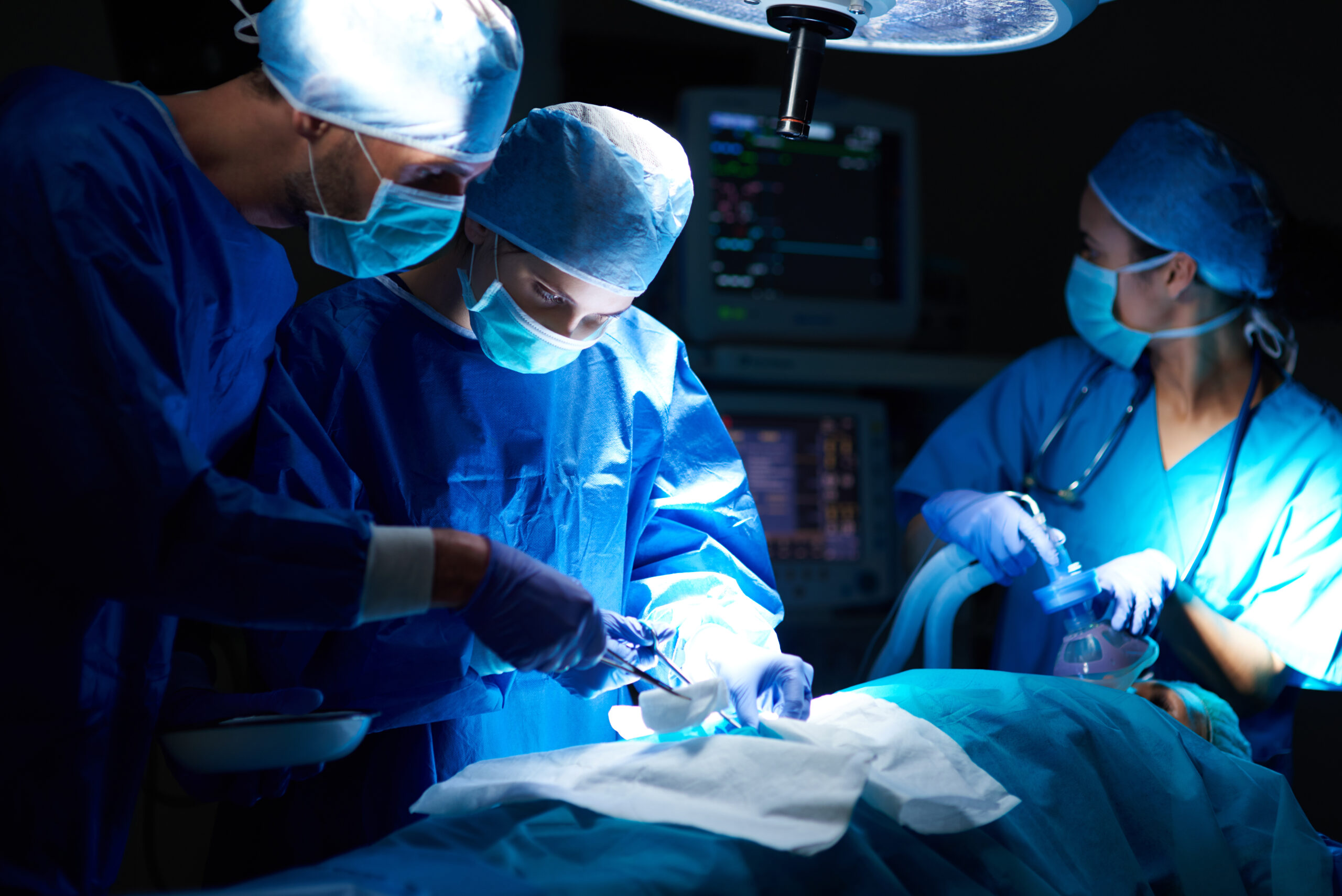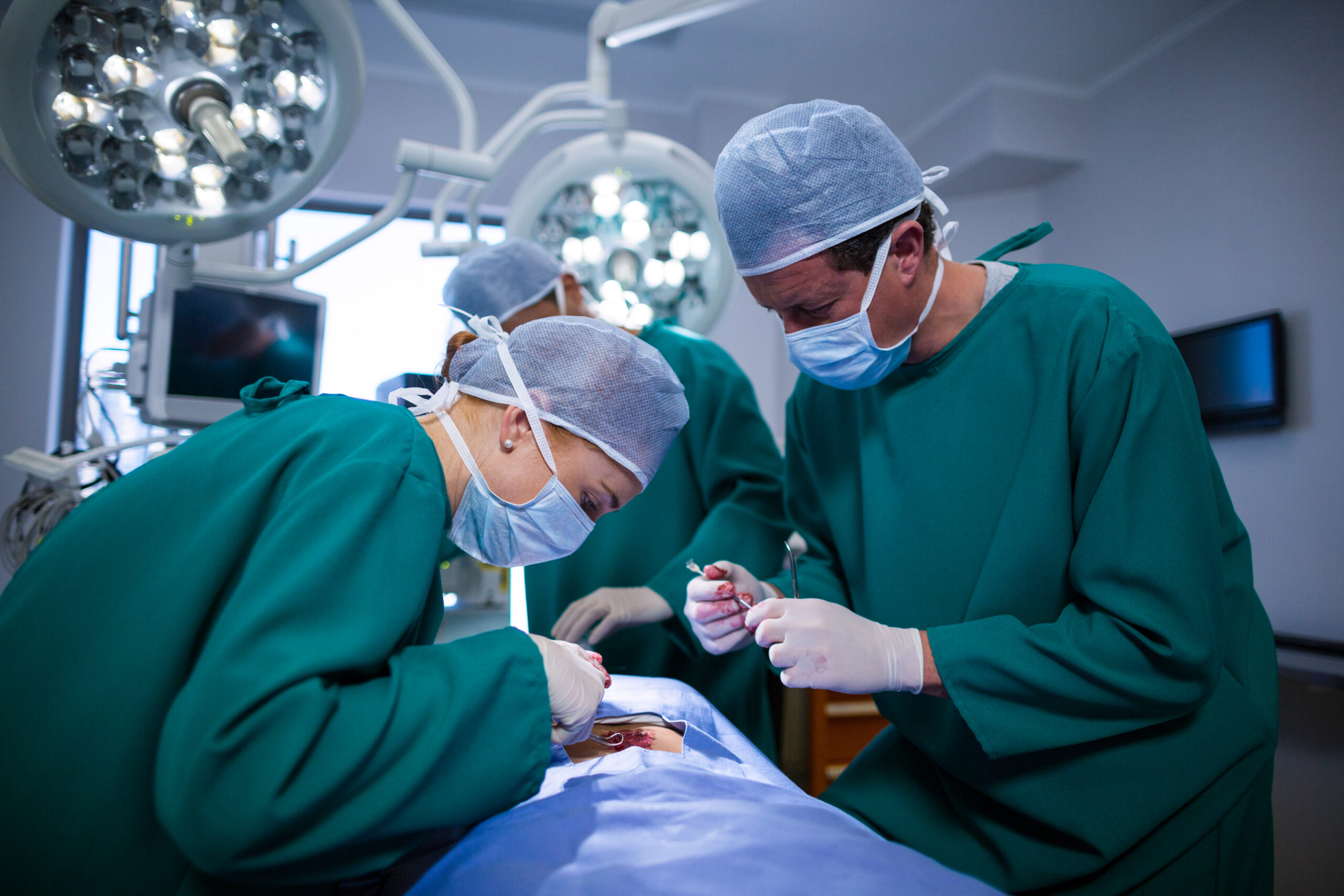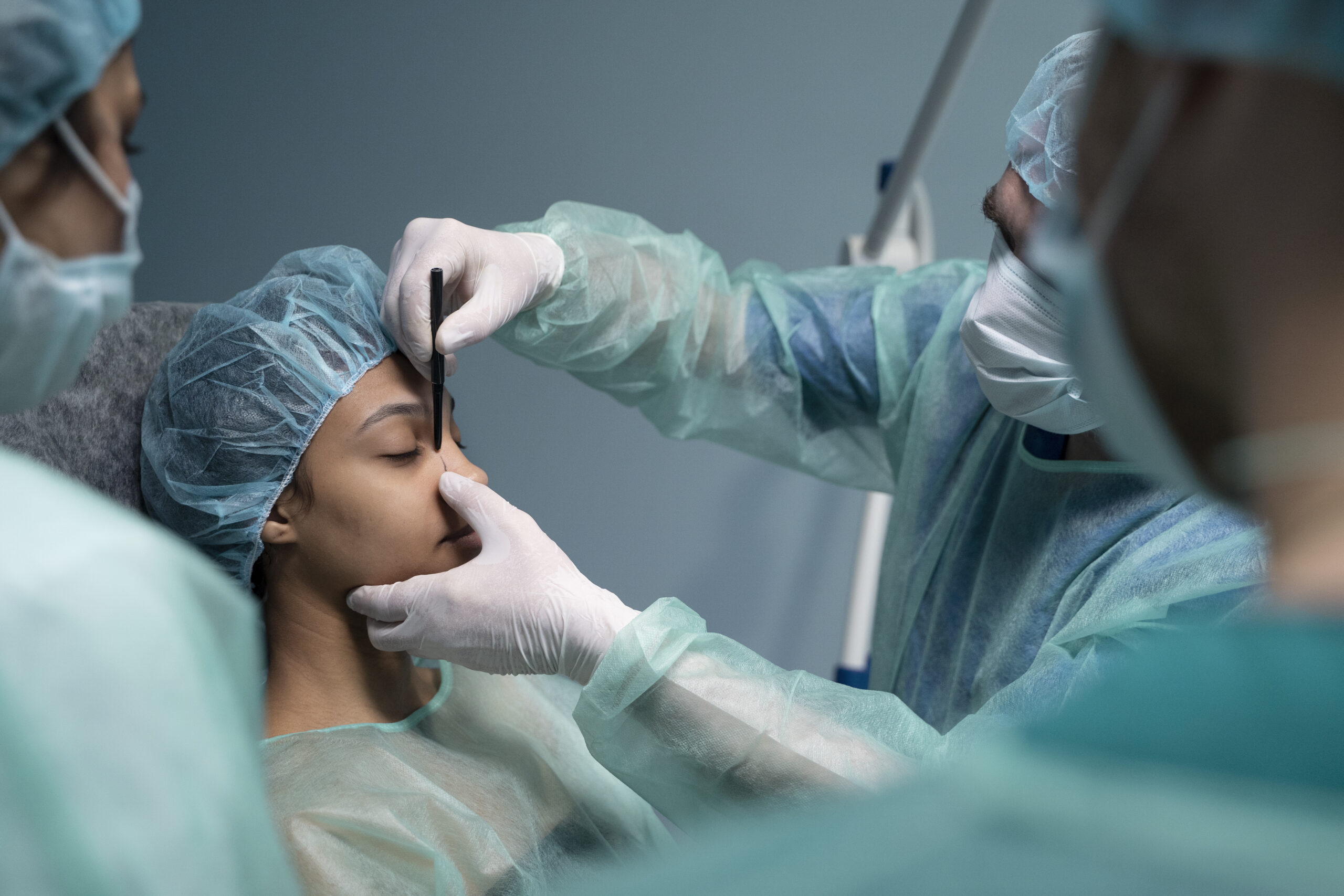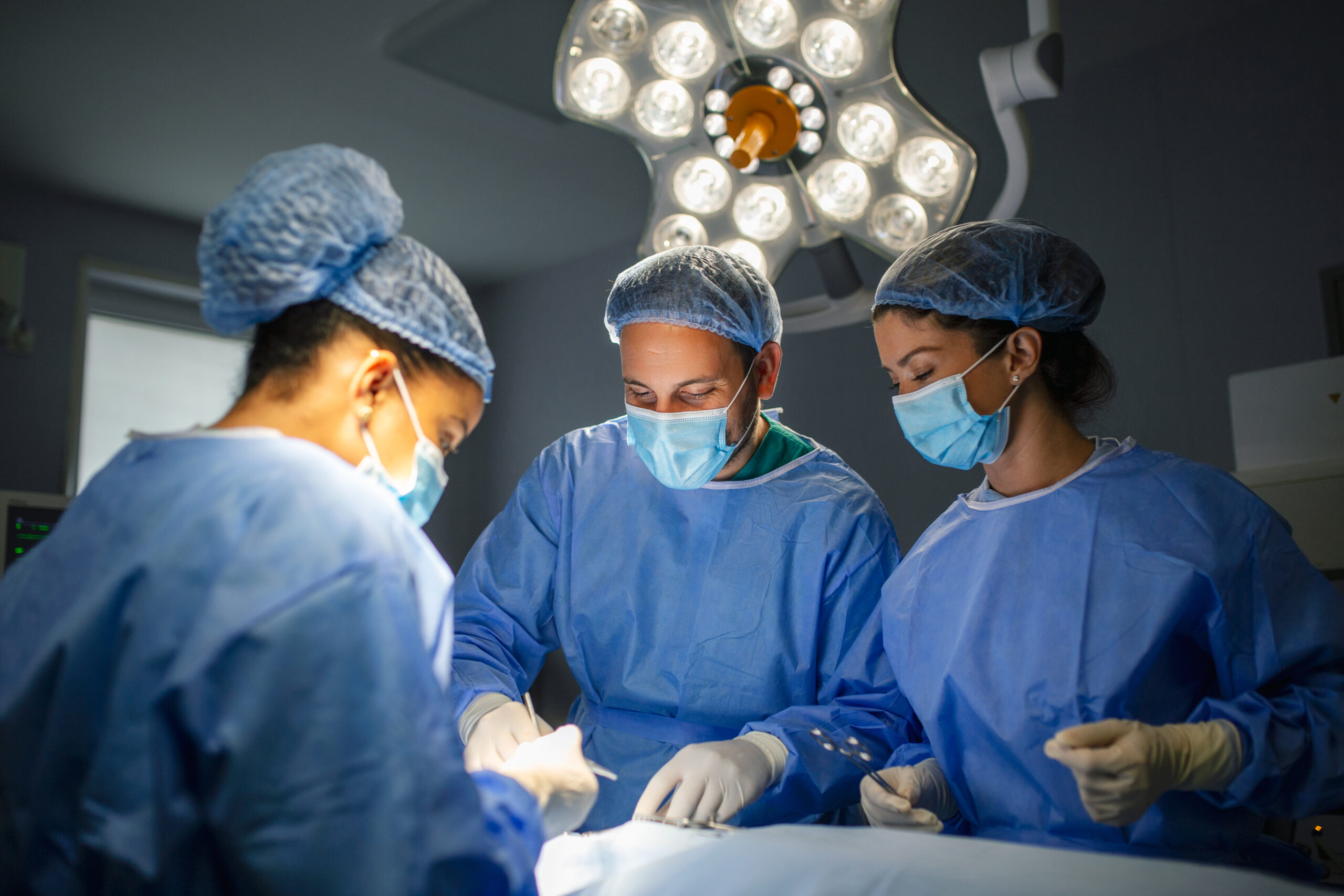Welcome to Dr. Ashoak Acharya
Dr. Ashoak Acharya is a highly experienced general surgeon offering comprehensive surgical care with compassion and precision. Specializing in both conventional and minimally invasive procedures, Dr. Acharya is committed to delivering the highest quality treatment with a focus on patient comfort, safety, and faster recovery.
Trusted Surgical Care
Modern Techniques
Patient First-Approach
Meet Dr. Ashoak Acharya
Known for his calm demeanor, meticulous technique, and patient-centered philosophy, Dr. Acharya provides expert surgical solutions for a wide range of conditions.
🎓 Education: MBBS & MS – [Medical College/Hospital Name]
🏥 Surgical Expertise: General, Gastrointestinal & Laparoscopic Surgeries
🎖 Recognized for: Clinical Excellence, Patient Satisfaction & Ethical Practice
💬 Languages Spoken: English, Hindi, [any regional language]

Dr. Ashoak Acharya, MBBS, MS (General Surgery), is a board-certified general and laparoscopic surgeon with a distinguished career in surgical care spanning over [X] years.
Known for his calm demeanor, meticulous technique, and patient-centered philosophy, Dr. Acharya provides expert surgical solutions for a wide range of conditions.
🎓 Education: MBBS & MS – [Medical College/Hospital Name]
🏥 Surgical Expertise: General, Gastrointestinal & Laparoscopic Surgeries
🎖 Recognized for: Clinical Excellence, Patient Satisfaction & Ethical Practice
💬 Languages Spoken: English, Hindi, [any regional language]

Surgical Services Offered by Dr. Ashoak Acharya

General & Abdominal Surgeries
• Appendectomy
• Hernia Repair (Inguinal, Umbilical, Incisional)
• Gallbladder Surgery (Cholecystectomy)
• Small and Large Bowel Surgery

Laparoscopic (Keyhole) Surgeries
• Laparoscopic Hernia Repair
• Laparoscopic Gallbladder Removal
• Diagnostic Laparoscopy
• Laparoscopic Appendectomy

Skin & Soft Tissue Procedures
• Abscess Drainage
• Lipoma & Cyst Removal
• Skin Biopsies & Minor Excisions

Emergency Surgeries
• Acute Abdominal Conditions
• Trauma Cases (Initial Surgical Management)
Preparing for Your Surgery with Dr. Acharya? We make your journey from consultation to recovery as seamless as possible.
Appointments
Easy online or phone scheduling
Insurance
Most major insurance plans accepted
Pre-operative Counseling
Detailed preparation and guidance
Post-operative Care
Follow-ups and recovery management
Emergency Consultations
Available for urgent surgical needs
Surgical Procedures by Dr. Ashoak Acharya
What It Is:
Surgical removal of the appendix, typically performed as an emergency procedure for appendicitis — a condition where the appendix becomes inflamed and infected.
Why It’s Done:
- Acute appendicitis (sudden inflammation)
- Prevent rupture and serious infection
- Chronic appendicitis in rare cases
How It’s Performed:
- Laparoscopic (Keyhole): Small incisions, faster recovery
- Open Surgery: Larger incision if the appendix has burst or infection is widespread
Recovery:
- Most patients are discharged within 1–2 days
- Return to normal activities in about a week (laparoscopic)
What It Is:
Surgical repair of a hernia, which is the protrusion of an organ or tissue through a weak spot in the muscle wall.
Types of Hernias Treated:
- Inguinal Hernia: Groin region
- Umbilical Hernia: Near the belly button
- Incisional Hernia: At the site of a previous surgical incision
How It’s Performed:
- Open Repair: Traditional method with an incision and mesh reinforcement
- Laparoscopic Repair: Minimally invasive, less pain, faster healing
Recovery:
- Daycare or 1-night hospital stay
- Light activities in 1–2 weeks; heavy lifting in 4–6 weeks
What It Is:
Removal of the gallbladder, usually due to gallstones or gallbladder inflammation (cholecystitis).
Why It’s Done:
- Gallstones causing pain or infection
- Gallbladder inflammation or blockage
- Gallstone pancreatitis
How It’s Performed:
- Laparoscopic Cholecystectomy: Small incisions, quick recovery
- Open Surgery: Required in complex cases
Recovery:
- Usually discharged within 24 hours
- Full recovery in 1–2 weeks (laparoscopic)
What It Is:
Surgical treatment of conditions affecting the small or large intestines.
Common Conditions Treated:
- Intestinal obstruction
- Diverticulitis
- Colorectal cancer
- Crohn’s disease or ulcerative colitis
- Intestinal perforation
How It’s Performed:
- Partial or full removal of diseased bowel segment (resection)
- May involve creation of a stoma (temporary or permanent)
Recovery:
- Varies by procedure complexity
- Hospital stay of 4–7 days typically
- Diet and activity adjustments post-surgery
What It Is:
A minimally invasive procedure used to examine the abdominal organs for diagnosis or planning surgery.
Why It’s Done:
- Investigate unexplained abdominal or pelvic pain
- Assess injury or infection
- Confirm diagnosis of cancer or endometriosis
How It’s Performed:
- Small incision made to insert a laparoscope (camera)
- May also be used to perform biopsies or treat minor issues
Recovery:
- Same-day discharge
- Resume normal activity in a few days
What It Is:
Minimally invasive removal of the appendix using small incisions and a camera.
Benefits Over Open Surgery:
- Less postoperative pain
- Smaller scars
- Quicker return to daily activities
Recovery:
- Usually discharged within 24 hours
- Return to work in about 1 week
What It Is:
Repair of hernia through small incisions using a laparoscope.
Advantages:
- Minimal postoperative pain
- Faster recovery
- Lower infection risk
- Bilateral hernias can be repaired at the same time
Recovery:
- Home within 24 hours
- Resume light work in 1 week
What It Is:
Drainage of pus from an infected area under the skin.
Why It’s Done:
- Painful or large skin abscesses
- Prevent spread of infection
- Promote faster healing
How It’s Performed:
- Local anesthesia used
- Small incision to drain pus and clean the area
- Dressing applied and follow-up advised
Recovery:
- Daily wound care for a few days
- Symptoms usually resolve quickly
What It Is:
Excision of non-cancerous lumps (lipomas or cysts) under the skin.
Why It’s Done:
- Cosmetic reasons
- Pain or infection
- Increasing size or diagnostic uncertainty
How It’s Performed:
- Minor outpatient procedure under local anesthesia
- Small incision and complete removal of the lump
Recovery:
- Stitch removal in 7–10 days
- Minimal scarring with proper care
What It Is:
Removal of a small skin sample or minor lesion for diagnostic or treatment purposes.
Indications:
- Suspicious moles
- Chronic skin ulcers
- Skin growths or tumors
How It’s Performed:
- Done under local anesthesia
- Minimal discomfort
- Tissue sent for lab analysis
Recovery:
- Same-day return to routine
- Results in a few days
What It Includes:
- Appendicitis
- Bowel obstruction
- Perforated ulcers
- Hernia with obstruction or strangulation
- Trauma management (abdominal injuries)
Approach:
- 24×7 surgical readiness
- Timely decision-making and intervention
- Coordinated care with critical care team
Recovery:
- Depends on nature of emergency
- Regular monitoring and post-op support
Procedures Including : Appendectomies, Hernia Repairs, Advanced Laparoscopic Surgeries, Colorectal & GI Surgeries, Hemorrhoidectomies (MIPH)
█▓▒▒░░░Awards & Recognition░░░▒▒▓█


